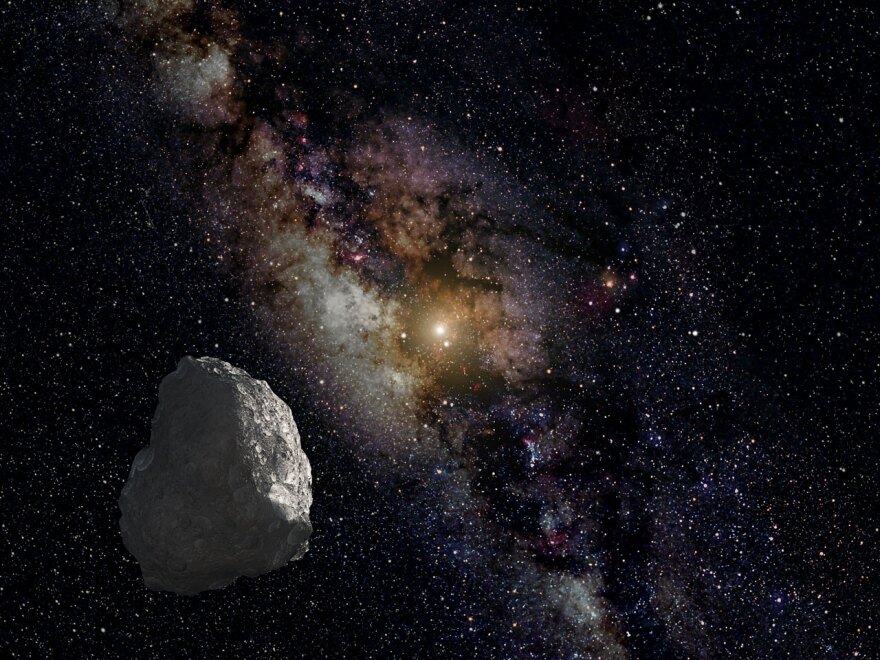Astronomers were excited to learn of the discovery of a new object in the Kuiper Belt recently. The Kuiper Belt is a distant part of the solar system, past the orbit of Neptune, estimated at more than 4 billion miles from the sun.
The belt is believed to contain comets, icy bodies, dwarf planets and asteroids. Since the Kuiper Belt is relatively distant, it's difficult to know exactly what the object is or even get basic facts like size.
"To say how big something like that is you need to know how reflective that is. So, as people put it, it's either small and shiny or big and dull. That would give the same kind of brightness," say Lake Effect astronomy contributor, Jean Creighton. "They're talking about something that's something like 450 miles across."
The object is thought to be just a little smaller than Pluto, which is also celebrating an interesting anniversary. In 2006, Pluto was reclassified from a planet to a dwarf planet and a part of the Kuiper Belt. Pluto's designation as a planet was questioned after the discovery of Eris, another dwarf planet that shared many of the same characteristics as Pluto.
The International Astronomical Union met to officially define the term "planet," and come up with a new term for Pluto. "What was decided was that the eight planets that we know and love: Mercury, Venus, Earth, Mars, Jupiter, Saturn, Uranus, Neptune are going to be planets," says Creighton. "And there was another category titled, if you will, dwarf planets. And that included... Ceres, the largest asteroid; Eris; Haumea; Makemake and Pluto."






